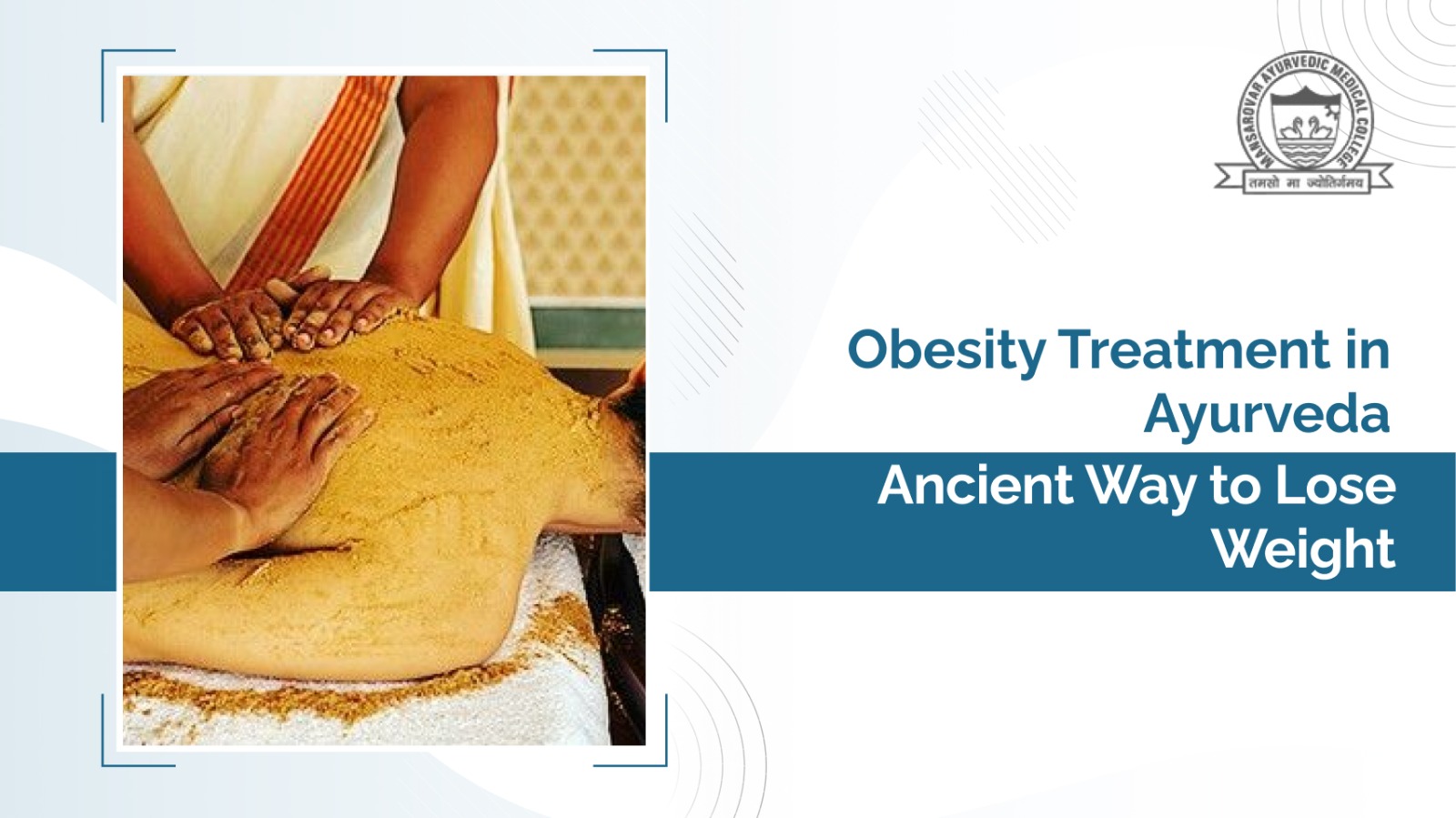
The ancient discipline of life is Ayurveda, which is all about balancing three biological energies (doshas), namely Vata, Pitta, and Kapha. Among these, Vata Dosha is considered the most dynamic, governing all forms of movement in the body and mind. It has been found that in accordance with the new statistics provided by the Ministry of AYUSH, about 40 percent of the health problems that are resolved with the help of Ayurveda are connected with Vata imbalance, which is what makes it a central issue of concern to the practice of holistic health.
Vata in Ayurveda is made up of the elements Air (Vayu) and Space (Akasha). All kinds of movements in the body depend on it, whether it is the blinking of the eyes, a nerve impulse, or even the heartbeat rhythm. Vata controls processes such as breathing, speaking, circulation, elimination, and brain functions. It also sparks creativity, joy, and enthusiasm.
Vata is light, cold, irregular, and mobile in nature. In balance, it brings agility and alertness. When out of balance, it leads to dryness, anxiety, irregular digestion, and insomnia.
Ayurvedic treatment of Vata dosha emphasizes lubrication, warmth, stability, and nervous system regulation. Common therapies include:
Vata Dosha governs motion, energy, and nerve activity in the body. An imbalance caused by modern-day routines can result in anxiety, sleep disturbances, digestive issues, and fatigue. Ayurvedic wisdom recommends diet, daily routines, detox, and herbal support to restore Vata balance naturally.
Institutions like Mansarovar Ayurvedic Medical College in Bhopal provide both treatment and BAMS education to help individuals understand and correct doshic imbalances through proven Ayurvedic methodologies.
Vata should avoid cold, dry, and raw foods such as crackers, salads, and cold beverages.
Elevated Vata can lead to anxiety, constipation, dry skin, sleep problems, and joint pain.
Yes, especially when consumed at night or cold, curd can aggravate Vata due to its heaviness and sourness.
Gentle exercises like yoga, walking, or tai chi help reduce excess Vata and promote grounding.
A warm, routine-based lifestyle with nourishing food, regular sleep, and oil massages is best for managing Vata dosha.

Experience Authentic Healing at a Renowned Ayurvedic Hospital in Bhopal

Experience Healing at the Best Ayurvedic Hospital in India

Experience Expert Shalya Tantra Care at Best Ayurvedic Hospital in India

Healing Naturally at the Best Ayurvedic Hospital in Bhopal

Obesity Treatment in Ayurveda: A Natural & Holistic Approach to Weight Loss

Vata Dosha in Ayurveda - Meaning, Causes, Diet Plan & Treatment

Complete Guide to Panchakarma Treatment: Ayurveda’s Deep Cleansing Therapy

Basti Panchkarma Therapy – Ayurvedic Basti Treatment Benefits

Top Nasya Treatment Benefits You Should Know

Explore the Panchakarma Treatment Benefits

BAMS Colleges in Madhya Pradesh – Choose Excellence in Ayurveda

Best Ayurvedic College in India – Why Choose MAMC Bhopal

Best Private Ayurvedic College in Bhopal: Top Colleges for Ayurvedic Studies in Bhopal, Madhya Pradesh

Best BAMS Colleges in Madhya Pradesh

Can Ayurveda Support Women's Health at Every Stage of Life?

How BAMS Courses Prepare Students for a Dynamic Career in Ayurveda

How Ayurveda Aligns Mind, Body, and Spirit for Optimal Health

Is Ayurvedic College Right for You? Exploring Your Options

Is Choosing a Private College for Obtaining a BAMS Beneficial?

10 Benefits of Having an Ayurveda Degree